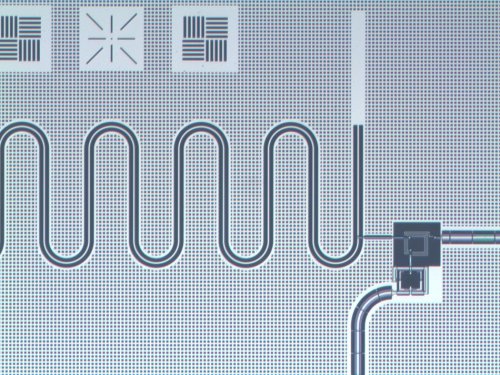
By Hamish Johnston
A month ago I wrote about a way of storing a handful of photons in an atomic gas, where the interactions between them can be controlled – a result that could benefit physicists trying to build quantum computers.
Now a paper describing the research by Charles Adams and colleagues at the University of Durham in the UK has been published in Physical Review Letters.
That’s not news, but what’s interesting is that the work appears alongside a paper by John Martinis and colleagues at the University of California, Santa Barbara who have done a very similar experiment.
The Durham crew stored single optical photons in “Rydberg polaritons”, which are collective excitations of 10 or so rubidium atoms. The Santa Barbara group took a different approach, storing and releasing microwave photons in artificial atoms made from superconducting circuits.
In particular, the Santa Barbara team has showed that it can store and retrieve photons in a superposition of two quantum states, something that could be also very useful for building quantum computers.


